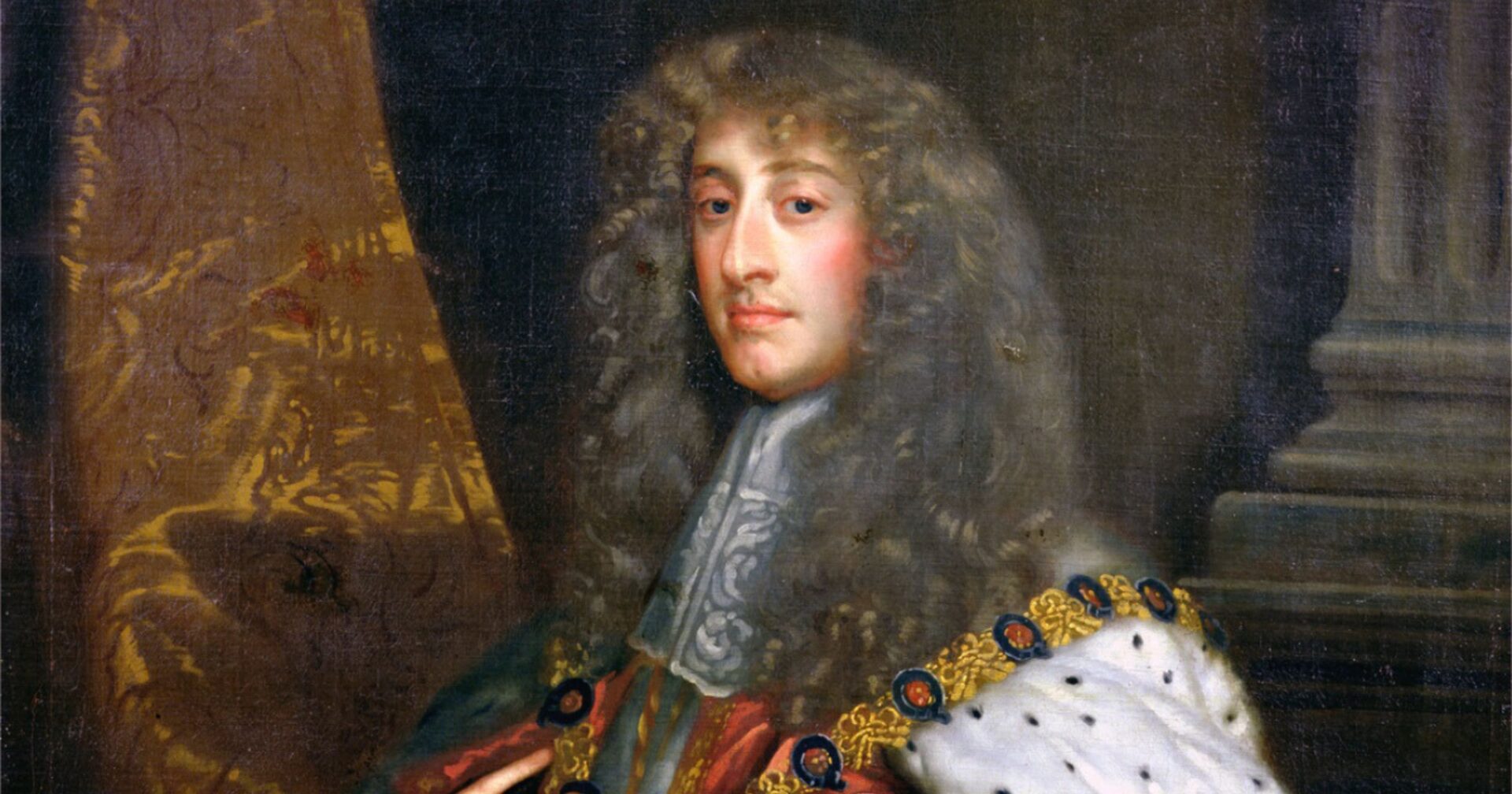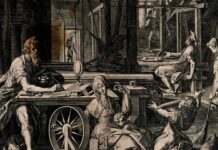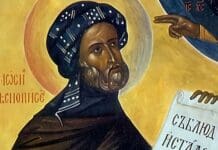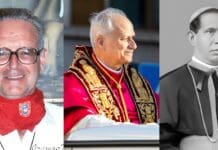Exiled to France after being deposed by a Protestant coup, could James II, the last Catholic King of England, become a saint?
“If occasion were, I hope God would give me his grace to suffer death for the true Catholic religion.” – King James II of England
The last Catholic of England wasn’t always so. It was during his exile in France, while the Commonwealth ruled and the Monarchy was naught, that he had his first inclinations to the Faith being exposed to the Church’s rich tradition and beliefs.
When his brother and predecessor King Charles II (who he himself became Catholic in a deathbed conversion) made allies of Spain to regain his throne in England, James II was exiled again to Spain, joined the Spanish army, and traveled to Belgium to fight against his now-former French comrades.
During his service in the Spanish army, he befriended two Irish Catholic Royalists (supporters of reinstating the Monarchy in England) in the ranks: Peter Talbot, Archbishop of Dublin who died in prison under the persecution of the Popish plot, and Richard Talbot, who later served James II as Lord Deputy of Ireland during the Jacobite wars.
He began turning toward the Faith further, estranging himself from his brother Charle II’s Anglican advisers while befriending the two Talbot’s. However, it was was his wife Anne Hyde, the daughter of Charles II chief advisor after his reinstatement to the throne, who “made the greatest single impact upon his thinking.” She converted shortly after the Restoration, “almost certainly before her husband,” who himself took the Eucharist sometime in 1668 or 1669 and hence stopped attending Anglican services.
His conversion was made public under the Test Act of 1673 by an English parliament with delusions of papal subterfuge. He refused to disavow transubstantiation and other Church doctrine, also refusing to participate in Anglican “communion.” With his twice refusal, his conversion was made public in a Kingdom hostile to Catholics.
While Charles II didn’t support his conversion, he dissolved Parliament every time they attempted to pass legislation barring his brother’s succession to the throne upon his death, as he had failed to bear any heirs.
When Charles II died from a stroke in 1685, the Duke of York was proclaimed King James II of England and VII of Scotland in a private Catholic coronation at the Palace of Whitehall on April 22nd. In his short three year reign as the last Catholic King of England, he ended institutionalized persecution of the Faithful by Protestants.
He issued Declaration of Toleration, allowing Catholics to hold public office and the right of public worship. He also issued a Declaration of Indulgence which struck down laws penalizing not attending services by the Church of England, permitted non-Anglican worship in private homes or chapels, and abolished religious oaths for public offices. He allowed Catholics to hold positions at the University of Oxford for the first time since the Protestant Revolution, and even tried to change Magdalen College Oxford into a Catholic seminary.
When he bore an heir with his wife, Protestant oligarchs invited William of Orange to usurp the throne. James II fled to France, given refuge by Lous XIV in the château of Saint-Germain-en-Laye where he led an austere penitent life till his death in reparation for the sins of his youth after a failed attempt to retake the crown.
James II died in 1701 and was entombed in the Chapel of St. Edmund in the English Benedictine church on the Rue St. Jacques in Paris. His heart was placed in a silver-gilt locket and given to the convent at Chaillot, his brain was placed in a lead casket and given to the Scots College in Paris. His entrails were placed in two gilt urns and sent to the parish church of Saint-Germain-en-Laye and the English Jesuit college at Saint-Omer.
After his death, many came to the Benedictine church in Paris to pray for his soul. When his body was distributed, the surgeons and bodyguards took small pieces for themselves as “relics,” dipping hankerchiefs in his blood.
From his death and into the 1740s, there were reports of miraculous cures owed to the intercession of James II to which Cardinal Louis Antoine de Noailles attested to the authenticity of. In 1765, Thomas Pennant wrote:
“In a side chapel is the coffin of King James II. A monk showed me several crutches, left by people on whom his deceased Majesty had wrought miraculous cures: all which he said were fully attested by Cardinal Noailles.”
After his death, the Benedictine priory in Paris explored the possibility of his canonization, the same priory of the late John Huddleston who received his brother Charles II into the Faith on his deathbed. In 1734, Archbishop of Paris Charles du Luc opened the cause for canonization of James II, giving him the title Servant of God.
His cause has not advanced since then, but remains open, opening the possibility for his canonization in the future: the last Catholic King of England could become a saint.
Photo credit: Public Domain via Wikimedia Commons




















The problem with a possible canonization of James II is that it might create some political blow back from hard line royalists in Great Britain. The fact that George I was brought over from Germany and likewise Albert, Queen Victoria’s husband cemented the Protestant ascendancy in Great Britain to this day. It also removes any in the royal family from the line of succession who are Catholic or who convert to Catholicism . Despite being regarded as a rather progressive country, there is no indication of any desire to remove any of the religious disabilities and a proclamation of sainthood of an exiled pretender could well be viewed negatively even today.
He is no “Pretender”. He is the real deal. The ones on the throne currently are the pretenders
I get really tired of hearing ignorant people use the word “Pretender” when referring to James II and his son. They had a legitimate right to the throne. There was no “pretending” involved.
I think about the man behind the crown